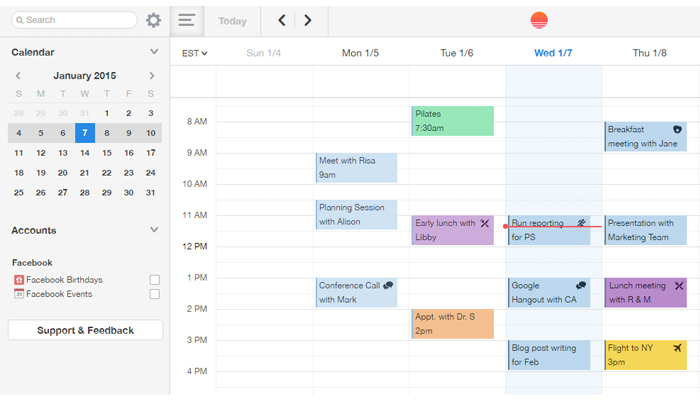Dining Etiquette: The Art of Using a Finger Bowl
 This past weekend I was invited to dinner at a friend’s home. There is never a dinner party where someone doesn’t start a conversation about dining etiquette and multiple guests chime in with questions about dining etiquette. While I love to chat about what I do, I don’t like to offer training unless I am teaching a session – money motivates me to critique most eloquently!
This past weekend I was invited to dinner at a friend’s home. There is never a dinner party where someone doesn’t start a conversation about dining etiquette and multiple guests chime in with questions about dining etiquette. While I love to chat about what I do, I don’t like to offer training unless I am teaching a session – money motivates me to critique most eloquently!
Someone at the table brought up tipping and was adamant that poor service does not require a tip – wrong. Proper protocol dictates that even for terrible service, one should leave the server a minimum of 10% and speak to the General Manager about his or her unpleasant experience.
The main topic of conversation, however, was using a finger bowl. While some felt that this tradition was outdated or pretentious, in some situations it is still in existence and can actually be an interesting addition to a messy meal if you are familiar with how to use one properly.
On that note, here is a primer on Finger Bowl Etiquette just in case you are presented with the opportunity:
- A finger bowl will be brought to the table before the dessert course is served. The glass bowl may or may not be sitting on a doily, which is set on the dessert plate (a finger bowl is not for your ears, face or eyes – only for your fingertips). Dip only the tips of your fingers, one hand at a time, in the finger bowl, taking your fingers down to your napkin on your lap rather than bringing the napkin above the table to your fingers. If there is a lemon slice in the bowl of water, do not squeeze, touch or eat the lemon.
- After you have cleansed your fingers, grasp both the doily and the glass bowl together or the individual glass bowl and remove to the top left corner of your place setting (where your bread plate was placed before it was cleared for the dessert course). Bring your fork down to the left of your dessert plate and your dessert spoon to the right. You are now ready to enjoy your dessert!
As you already know, it is my honor to conduct Dining Etiquette sessions for some very prestigious universities. Proper dining skills are not to be underestimated as most second interviews are handled over a meal so the interviewer can see how an applicant will handle themselves under pressure. Employers expect their employees to conduct themselves in a manner that reflects favorably on their company and dining is a perfect venue to observe their current or future employee.
Here’s a shout-out to universities that I personally have the pleasure of working with, offering their students an opportunity to learn dining and network etiquette skills and how to conduct themselves in a professional manner. It is with much admiration that I count you among my mannerly friends! A few of my tried, true and tenured are:
- Texas State McCoy College of Business Blog
- Rice Center for Career Development
- Concordia University Career Services
- The University of Texas at Austin’s McCombs School of Business
- Baylor University Law School
- University of North Texas Career Center
- Harvard University
- Angelo State University Career Development
- Trinity University Career Services
- Southwestern University Office of Career Services
- University of St. Thomas Career Services and Testing Center
- University of Texas at San Antonio Career Center
- Our Lady of the Lake University Career Center
- Texas A&M University Career Center
By the way, CBS Sunday Morning just did a segment on MIT’s Charm School and their emphasis on training their students to be well rounded, as opposed to the “unfair stereotype that MIT students are all nerds” – quoted by one of their own professors on camera. Great article MIT!
Video below (link here for those reading by email):
Warm Wishes for a Mannerly Dining Experience,



